
When it was released in 1978, Brian DePalma’s The Fury wasn’t a terrific success with either critics or the public. It wasn’t that it was a bad movie. It was, however, a mismarketed one, and it inevitably suffered as the director’s follow-up to the nearly perfect horror film Carrie (1976). Not only was it not as good as Carrie (a hard act to follow), but it wasn’t really the horror movie it was promoted as. That last was the kicker. Here we had an action-suspense picture with paranornal aspects, but really only three scenes that actually qualified as the stuff of horror movies. That it, like Carrie, dealt with telekinesis only compounded the central problem of being a movie that no one knew how to sell to the public. DePalma had delivered a movie there was no real precedent for—and nothing confuses a studio and its marketing people faster or more completely than innovation. Looked at today, the film no longer seems even slightly peculiar—and without the post-Carrie expectation hovering over it, The Fury also seems like DePalma’s most-underrated movie.
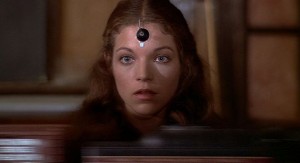
The movie hasn’t changed, of course, but the movie-viewing landscape in which it exists has. Looked at now, The Fury actually plays a lot like the conspiracy-themed horrors of David Cronenberg. In fact, it’s hard to believe that Cronenberg’s Scanners (1981) doesn’t owe more than a little debt to this film. The primary difference between the two filmmakers is that DePalma—strange as it may seem for a guy who’d just dumped a bucket of pig blood on Sissy Spacek—is comparatively restrained in the gruesome-visuals department—and, yes, I am considering the startling climactic shot of The Fury (once seen, never forgotten). Apart from a kind of continuation of what might be called menstrual horror from Carrie, there’s precious little here that could be called “body horror” in the Cronenberg sense. Instead, the central horrors here are fear of the mind and of the government. Where a Cronenberg film would be disturbing, DePalma is more interested in making an exciting action picture with horrific overtones.
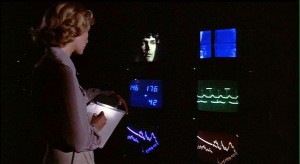
The opening of The Fury establishes both the premise and the film’s tone. Peter Sandza (Kirk Douglas) and his son Robin (Andrew Stevens) are on holiday somewhere in the Middle East with Peter’s colleague Ben Childress (John Cassavetes). After some brief conversation about Robin being enrolled at a school where he’ll meet others “like” himself, the peace of the setting is shattered by machine gun-toting “terrorists” attacking the beach. It quickly turns out that the terrorists are in the employ of Childress for the expresss purpose of killing Peter and leaving Robin in Childress’ care. While he succeeds in getting control of Robin and convincing him that his father is dead, Childress doesn’t manage to kill Peter. In fact, Childress ends up with a “dead” arm thanks to Peter’s handiness with a machine gun. It’s violent, it’s exciting, and it has scenery-chewing Kirk Douglas as an improbable 61-year-old action hero and John Cassavetes at his sleekly detestable best. What it really doesn’t have is much in the way of horror in any traditional sense.
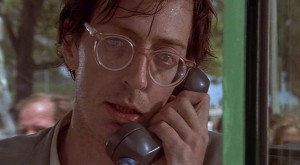
The next passage in the film touches on the paranormal, which was very obliquely addressed in the references to Robin being “gifted.” We’re introduced to Gillian Bellaver (Amy Irving), who is similarly “gifted”—and who, it turns out, is being sought by both Childress and Peter. (In a typical DePalma-ism, the low-rent psychic who has spotted her—and her potential—is played by DePalma’s old college pal and Phantom of the Paradise star William Finley.) The bulk of this part of the film, however, is action-oriented, and is centered on a very well accomplished, entertaining and extended sequence involving Peter getting away from Childress’ minions. It’s only after this section that the movie gets down to the truly paranormal aspects of the plot.
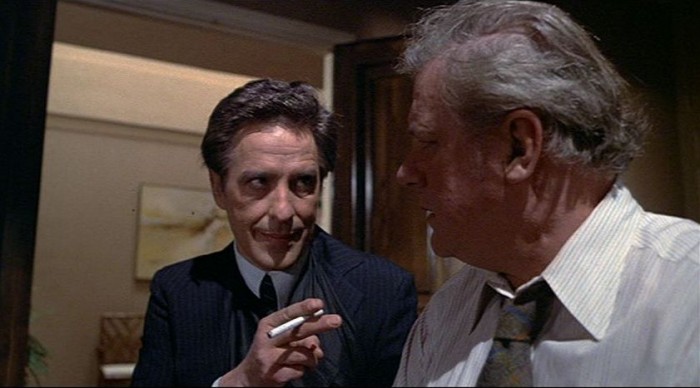
The result is surprisingly compelling drama that is always involving and frequently quite exciting. Plus, it has moments of the kind of inventiveness DePalma had exhibited in his earlier works. Far from being the disappointment it seemed to most—including me—back in 1978, it can now be seen as one of DePalma’s best and most interesting films. It’s just not the film we were expecting back then. And for anyone who has sat through Cassavetes-directed movies like Husbands (1970) or A Woman Under the Influence (1974), the ending is oh-so-very satisfying!
The Asheville Film Society is showing The Fury as part of ActionFest at 7:30 p.m. on Friday, April 13, at The Carolina, with an introduction and Q&A with the film’s stunt coordinator, Mickey Gilbert.



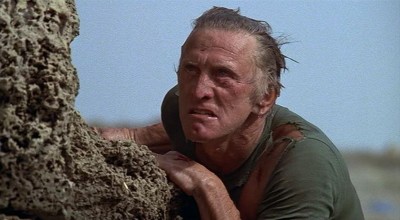
an improbable 61-year-old action hero
My favourite kind of action hero!
Shall we expect you?
Unfortunately, it’s a bit before my time. At this stage, it’s looking like I’ll be staying overnight in Asheville April 25 (on my way to Merlefest), the back in town for some filming April 29 and stay that night. Then spend the next two days futzing around town before I go to LA.
I should be able to fit a few movies in there, but unless there’s an encore screening, THE FURY won’t be one of them.
I think an encore of The Fury is on the unlikely side quite that soon.
The moody, sinuous, powerful score by John Williams is one of the best he has ever done, and is hardly ever mentioned, eclipsed as it is by all those Spielberg/Star Wars movies. At times the movie is a sensory feast, the spectacularly-lit visuals combined with the incredibly rich music. I remember that Pauline Kael championed this movie, saying that the score was probably the richest ever written for (what she called) a horror film.
How very sad that this critic has to end his otherwise admirable review with a dig at Cassavetes, who was among the first of the great independent American filmmakers, and an avowed influence on Scorsese and many other directors who followed him.